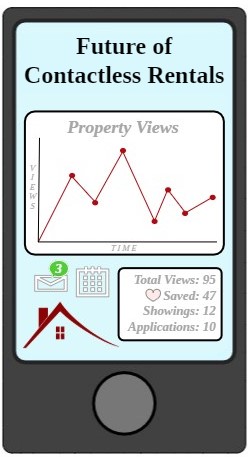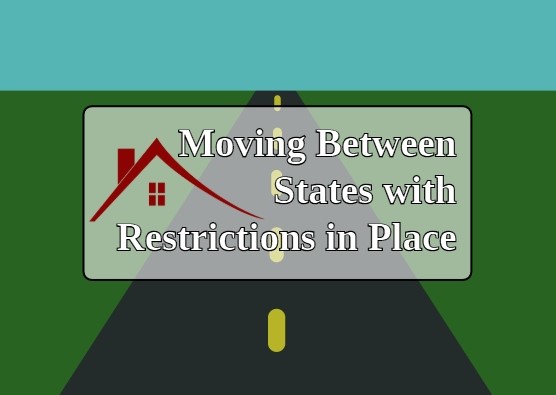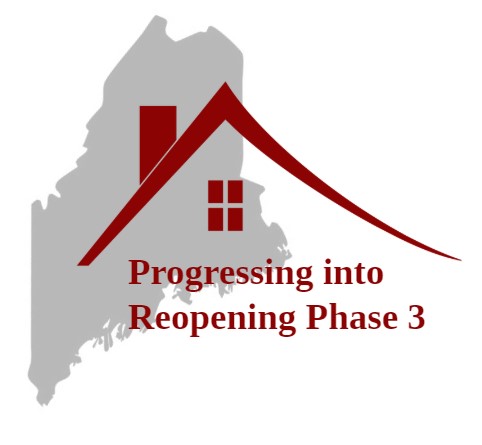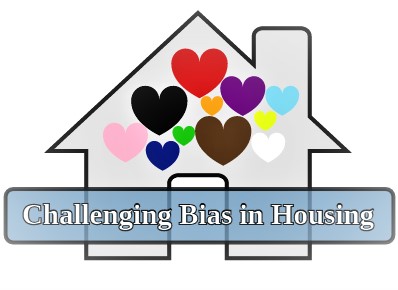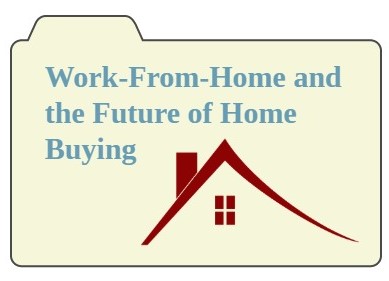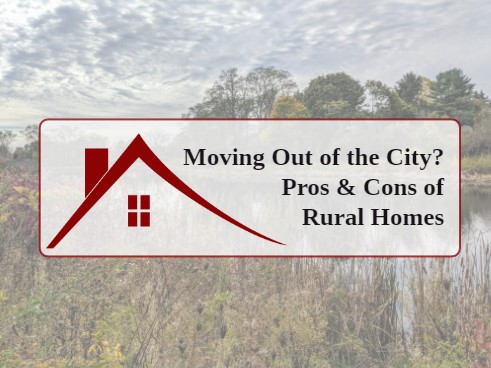
As a trend we talked about in this blog, people with work-from-home situations are considering moving away from larger metropolises. Beyond moving away from the hustle and bustle of cities, there are other positives to moving further away to smaller communities. However, if you’ve lived in urban areas most of your life, there are important things to consider and factor into your decision. Today we’re going to talk about a few pros and cons to moving to a rural area.
Pro: Property Prices
If you are comparing the cost of city rent or suburban living, moving to a rural area is often significantly less expensive. This means that not only can you find a similar housing situation with less, but you can afford more land or living square footage in rural areas. If you are happy with the amount of space that you currently have, you can look forward to lower costs on your monthly payments. People who are working-from-home and looking for houses with extra bedrooms or a dedicated office spaces will be able to more easily find properties within a similar-to-lower price range than in the city. In addition, families and people who want more space to enjoy will love the idea of finding larger properties!
Con: Utility & Maintenance Costs
Keep in mind that along with mortgage payments that you’ll want to consider average utilities and taxes as part of your monthly expenses. Larger properties may require higher utility usage, and rural areas may not have the same conveniences of cities such as public water & sewer. There may be a limited amount of providers for services like cable and internet as well which may make the pricing less affordable compared to urban service providers. More land and living space means higher maintenance costs such as lawn mowing, repairs, cleaning, snowblowing, and more. Usually the savings from property prices and/or monthly mortgage amounts outweigh the costs of utilities and maintenance, but it is important to keep these expenses in mind.
Pro: Calmer Locations
Compared to apartment complexes and suburban neighborhoods, rural areas are usually quieter and peaceful. There is less traffic and neighbors tend to have more land in between them. This provides more privacy and usually translates into less noise and lower crime in these rural areas. In addition, if you love outdoors, rural areas tend to be more connected with nature and you can enjoy night skies with much less light pollution.
Con: Remoteness
Extroverts are more likely to feel isolated in these more remote locations with neighbors spread out. Active city dwellers might feel hampered by the limited amount of choices they have for shopping, restaurant, and entertainment options that can usually be found in urban areas. While people who love privacy will find the remoteness to be a positive, rural living can be a huge adjustment for people who are not used to it.
Pro: Local Communities
The communities in rural areas tend to be smaller and more tight-knit. Many people love these closer friendships, and each community carries a unique feel. These communities may be a little more difficult to join into as a newcomer, but they build strong relationships where community members can rely on each other. This is a reason that people often “move back home” to an area they are familiar with and are already integrated into.
Con: Culture Shock
Without experience living in a rural area, urban dwellers may feel a culture shock when moving out of the city. However, with some diligent research preparation and research, people looking to buy in rural areas can get a better idea of the culture they are planning to move into. Looking up local news, studying google maps, and researching local stats can help you get a better understanding of moving into any kind of new area. Using websites like Niche and Area Vibes can also provide information about average pricing, stats, and local reviews from people who have lived or are living in the area.
With work-from-home jobs and remote-learning options on the rise, many individuals and families are able to take out the factor of commute time from their search options. With the prospect of finding less expensive properties and moving away from the busy city, home buyers have more flexibility to move into new areas.
You can always each out to the experts at the Real Estate Store to find out more!
Want to keep updated on local real estate listings, stories, and tips? Follow us on Facebook or Instagram!




